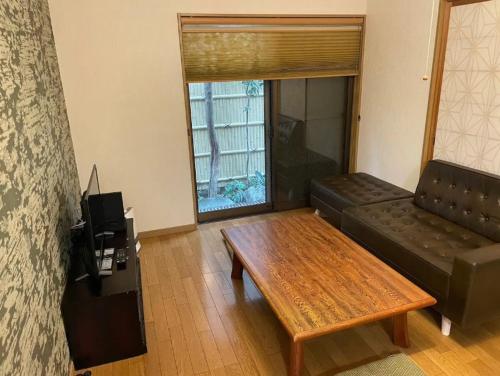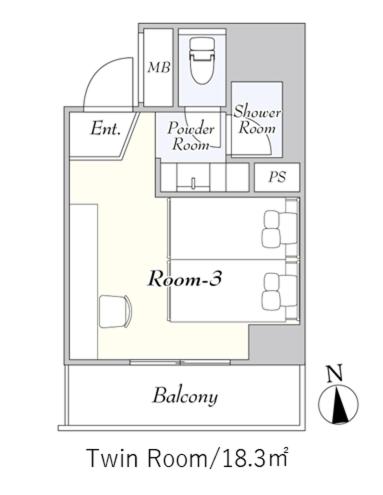Imago Shrine
menuMenu
Known as the birthplace of beckoning cats, this shrine is also renowned for its matchmaking powers.










Highlights
- Famous as the birthplace of beckoning cats
- Popular for its matchmaking blessings
- The final resting place of Okita Sōji of the Shinsengumi
- Various beckoning cat figurines are offered within the shrine grounds
- The ema (votive plaques) are uniquely round, unlike those found in other shrines.
Basic Information
- Address
- 1-5-22 Imagaho, Taito-ku, Tokyo Search for tourist attractions in Tokyo
- Access
- A 15-minute walk from Asakusa Station on the Tokyo Metro Ginza Line and Toei Asakusa Line. Show route
- Op.Hours
- 6:00 AM - 5:00 PM
- Cld.Days
- No holidays
- Fee
- Free
- INFO
- The grounds offer a variety of beckoning cat (maneki-neko) themed goods, perfect for souvenirs. The temple also offers popular good luck charms for strengthening romantic relationships.
Overview
Recommended nearby attractions
Tokyo Daijingu Shrine

Escape the city bustle and pray for a good match in a peaceful sanctuary!
Hanazono Shrine

Hanazono Shrine, beloved as the guardian deity of Shinjuku, is a power spot offering various blessings, including those related to entertainment and matchmaking.
Hie Shrine

A popular power spot, this shrine offers a tranquil, green space in the heart of the city.
Nezu Shrine

Escape the urban hustle and bustle and immerse yourself in the serene, lush greenery of this guardian forest. The breathtaking sight of approximately 3,000 azaleas in full bloom during springtime is a must-see.
Fukagawa Shinmei-gu Shrine

A historic shrine founded when Fukagawa Hachiroemon enshrined a divine spirit from Ise Grand Shrine.
Kameido Tenjin Shrine

A city oasis! In spring, the "Fuji Matsuri" (Wisteria Festival) is held, with beautiful wisteria flowers blooming everywhere, dyeing the grounds in a fantastic purple.
Sakura Jingu

Escape the hustle and bustle of the city and refresh your mind and body at Sakura Jingu, a serene shrine. Tying a wish ribbon to a cherry blossom tree is said to bring good fortune.
Daikiozan Gotokuji Temple

Known as the birthplace of the beckoning cat, Gotokuji Temple is a haven for cat lovers, filled with beckoning cats of all shapes and sizes.
Fukagawa Fudo-do (Naritasan Tokyo Betsuin)

Don't miss the breathtaking Goma ritual!
Kanda Myojin Shrine

A shrine revered as the Edo Soso-Jinja, the tutelary deity of Tokyo. It is said to bestow blessings for business prosperity, household safety, warding off evil, and fulfilling wishes.
Nearby Hotels
Smile Hotel Asakusa

Yadoya Suzume

COB Hotel Asakusa

Yadoya Fukurou

HOTEL TOMOS ASAKUSA

NEW Luxurious & Spacious Penthouse @ ASAKUSA

D3. Sensoji 3min, AsakusaSta 10min, Wifi, Max10

Ryokan ASAKUSA-chaka

Ryokan ASAKUSA-chaka-

Hotel Asakusa KANNONURA

